I am not Buddhist, though I am interested in knowing more about it. I will embark on a Buddhist-centric pilgrimage in April and want to feel less ignorant about the things I’ll see along the way. If you’ve been in a Buddhist temple before, you’ve probably seen lots of statues. You might not have ever wondered what or who they represent (I was in that boat until recently)
So I’ve prepared a test! (with the help of google gemini)
Nyorai Identification Test (Text-Based)
Instructions: Examine the following descriptions of Nyorai and deities often depicted alongside them, and try to identify the type of Nyorai being described. Choose the most likely answer from the multiple choice options provided.
Important Note: This is a simplified test and does not capture the full complexity of Nyorai identification, which often relies heavily on visual cues.
Question 1:

This Nyorai is commonly depicted with long, flowing hair, seated in a meditative posture with his legs crossed, and wearing monastic robes. He is often shown with a serene expression and his hands resting in his lap, palms facing upwards.
A) Shakyamuni Nyorai B) Amida Nyorai C) Yakushi Nyorai D) Dainichi Nyorai
Question 2:

This Nyorai is known for his peaceful expression and is often portrayed standing on a lotus pedestal. He is typically shown with his hands raised in a specific mudra, with the right hand forming a fist resting on his open left palm.
A) Shakyamuni Nyorai B) Amida Nyorai C) Yakushi Nyorai D) Dainichi Nyorai
Question 3:

This Nyorai is revered as the “Healing Buddha.” He is traditionally depicted holding a blue or purple medicine pot in his left hand and raising his right hand in a specific mudra associated with healing.
A) Shakyamuni Nyorai B) Amida Nyorai C) Yakushi Nyorai D) Dainichi Nyorai
Question 4:
This Nyorai is distinguished by having multiple arms and hands, symbolizing his various attributes and teachings. He is often depicted seated on a lotus pedestal and adorned with elaborate jewelry and garments.
A) Shakyamuni Nyorai B) Amida Nyorai C) Yakushi Nyorai D) Dainichi Nyorai
Question 5:
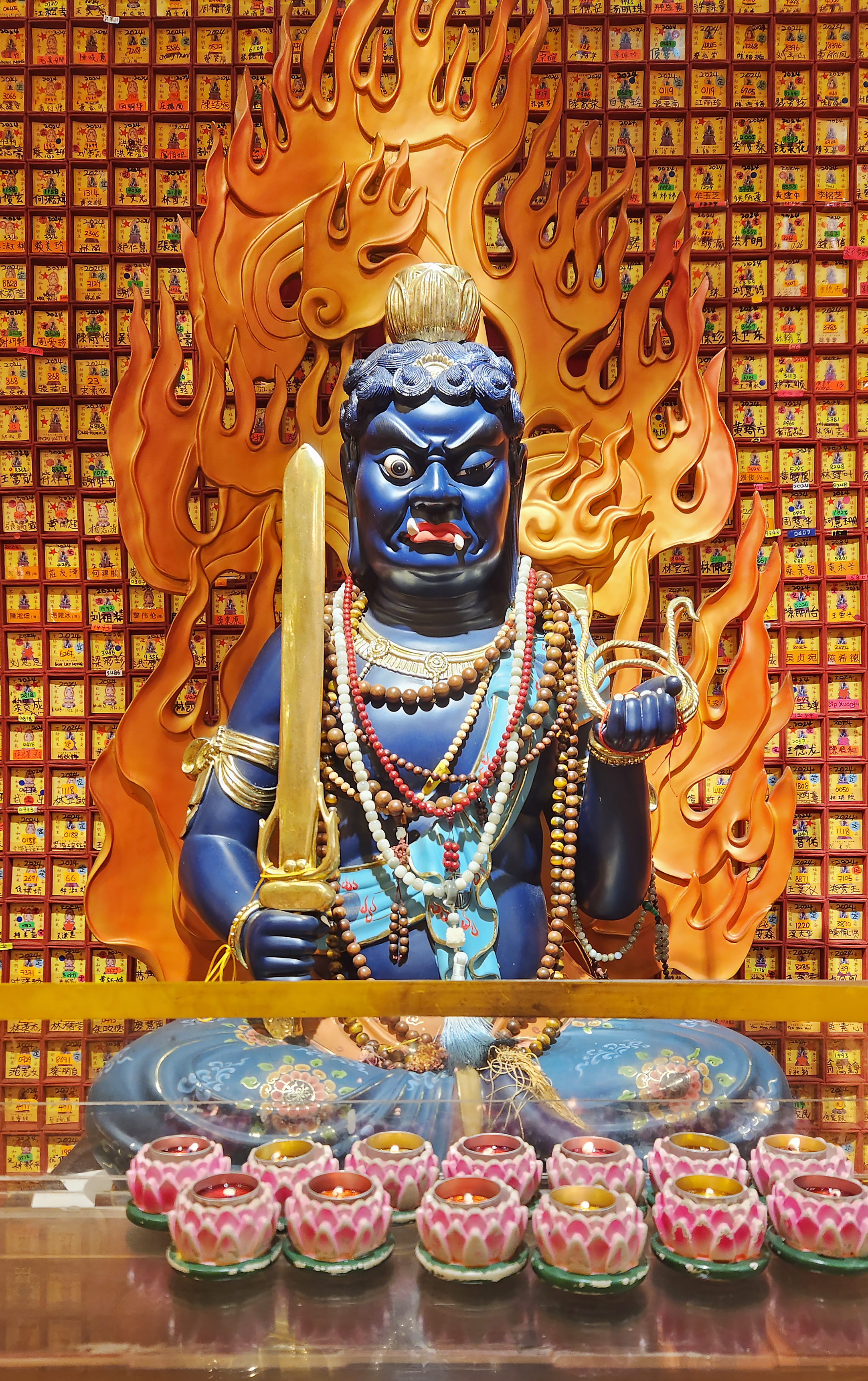
This Nyorai is known for his fierce appearance and wrathful expression. He is often depicted with a fiery aura and holding various weapons, symbolizing his role as a protector against evil.
A) Shakyamuni Nyorai B) Amida Nyorai C) Fudo Myoo D) Dainichi Nyorai
Question 6:
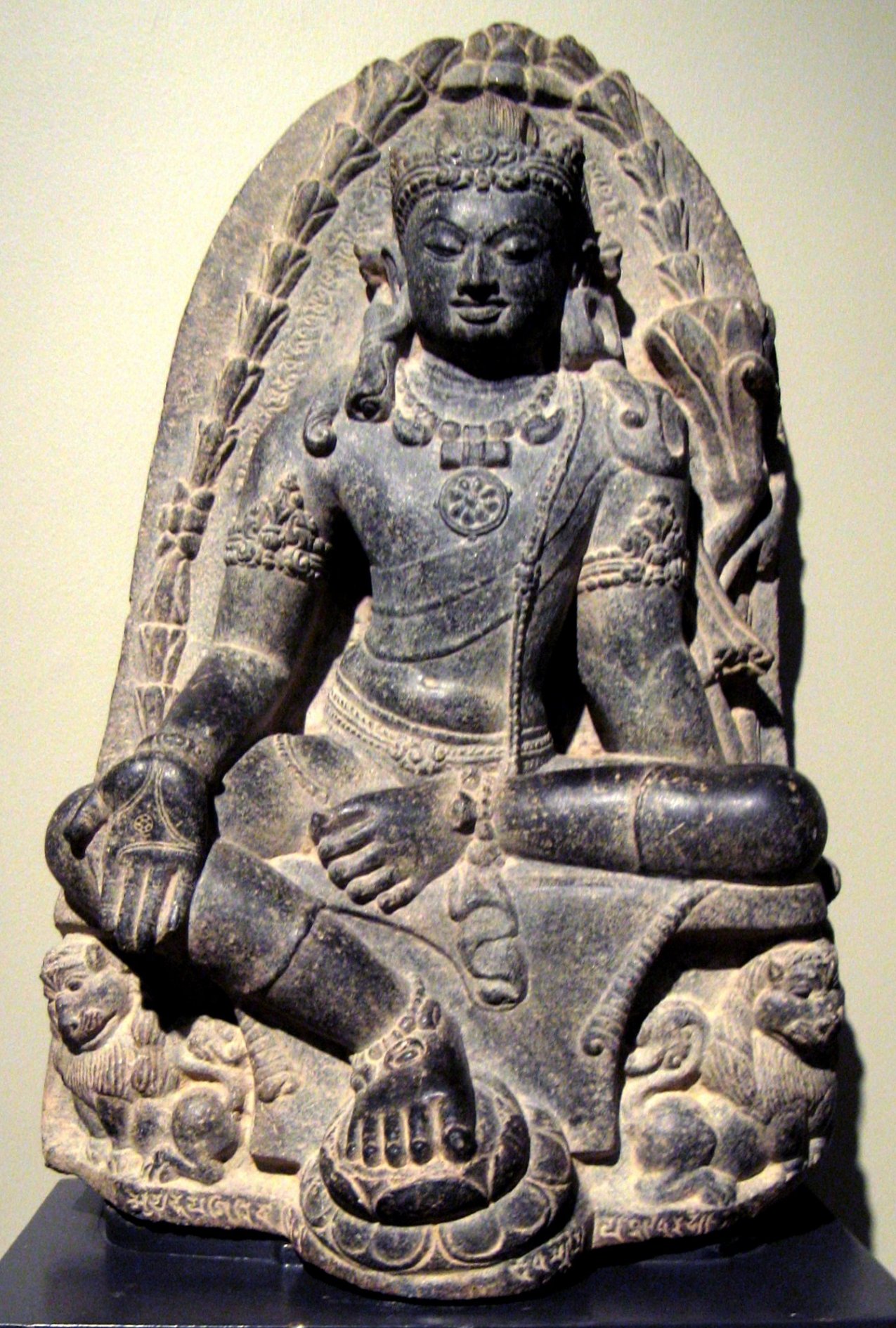

This Nyorai is associated with wisdom and knowledge. He is often depicted seated on a lotus pedestal, holding a book or scroll in his hand, and sometimes accompanied by a shachihoko (a mythical fish-dragon creature).
A) Shakyamuni Nyorai B) Manjusri C) Yakushi Nyorai D) Dainichi Nyorai
Question 7:

This Nyorai is known as the “Medicine Buddha” and is similar to Yakushi Nyorai. However, this Nyorai is typically depicted with a golden body and holding a staff with a wish-granting jewel on top.
A) Shakyamuni Nyorai B) Bhaisajyaguru C) Yakushi Nyorai D) Dainichi Nyorai
Question 8:

This Nyorai is associated with longevity and is often depicted holding a staff topped with a peach, a symbol of immortality. He is sometimes shown riding a crane, another symbol of longevity.
A) Shakyamuni Nyorai B) Amida Nyorai C) Hotei D) Dainichi Nyorai
Question 9:

This Nyorai holds a lotus flower and is often depicted with Kshitigarbha (a Bodhisattva associated with the underworld and helping those suffering in hell).
A) Amida Nyorai B) Shakyamuni Nyorai C) Kannon (Avalokitesvara) D) Dainichi Nyorai
Question 10:
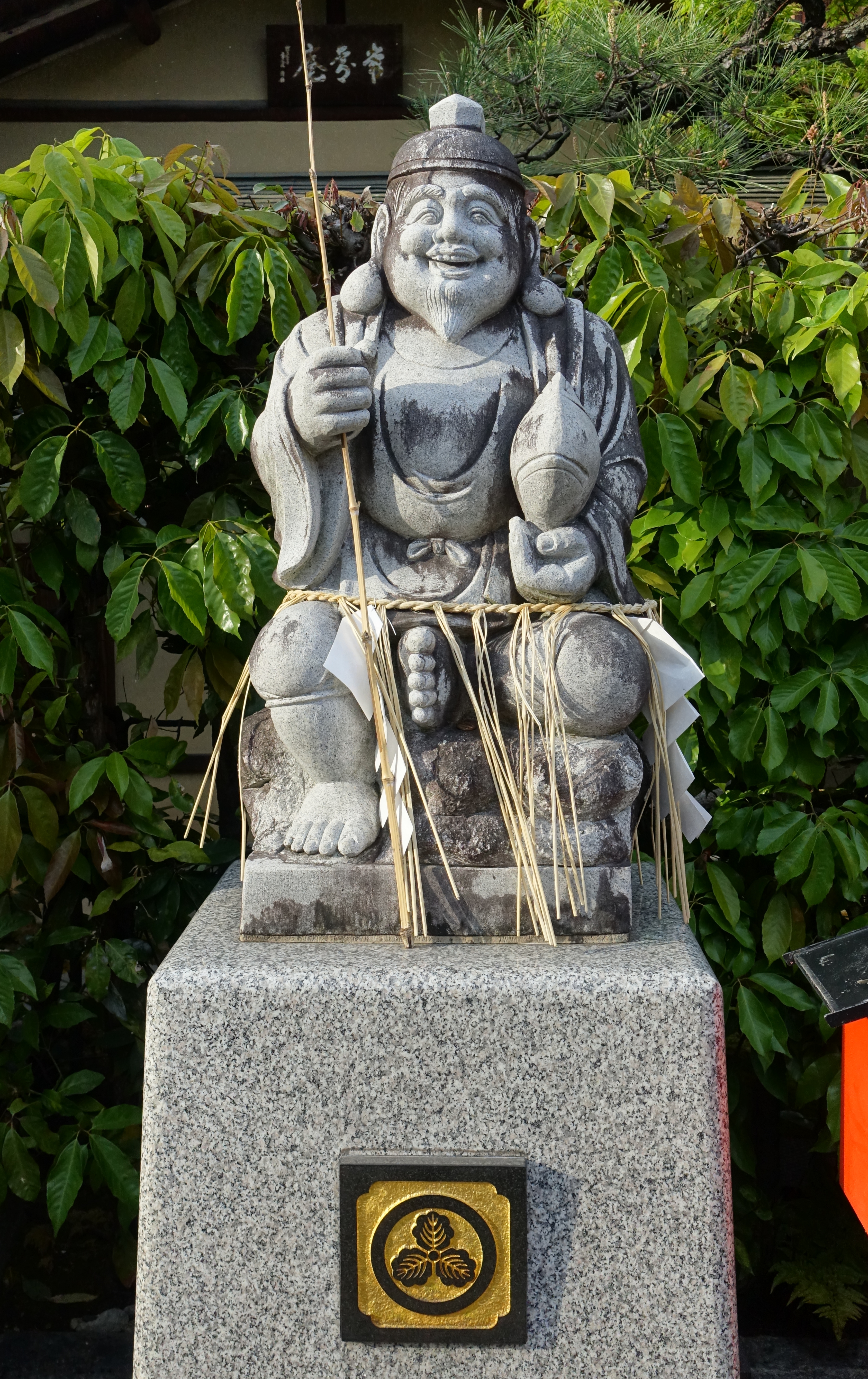
This Nyorai is known for the three jewels on his crown and his association with good luck and fortune. He is often accompanied by two children, Jizo (a Bodhisattva associated with children and travelers) and Hotei.
A) Shakyamuni Nyorai B) Ebisu C) Yakushi Nyorai D) Dainichi Nyorai
Question 11:

This Nyorai, also known as Amitabha, is the central figure in Pure Land Buddhism. He is often depicted in paintings and sculptures associated with the Western Paradise (Sukhavati).
A) Amida Nyorai B) Shakyamuni Nyorai C) Yakushi Nyorai D) Dainichi Nyorai
Question 12:
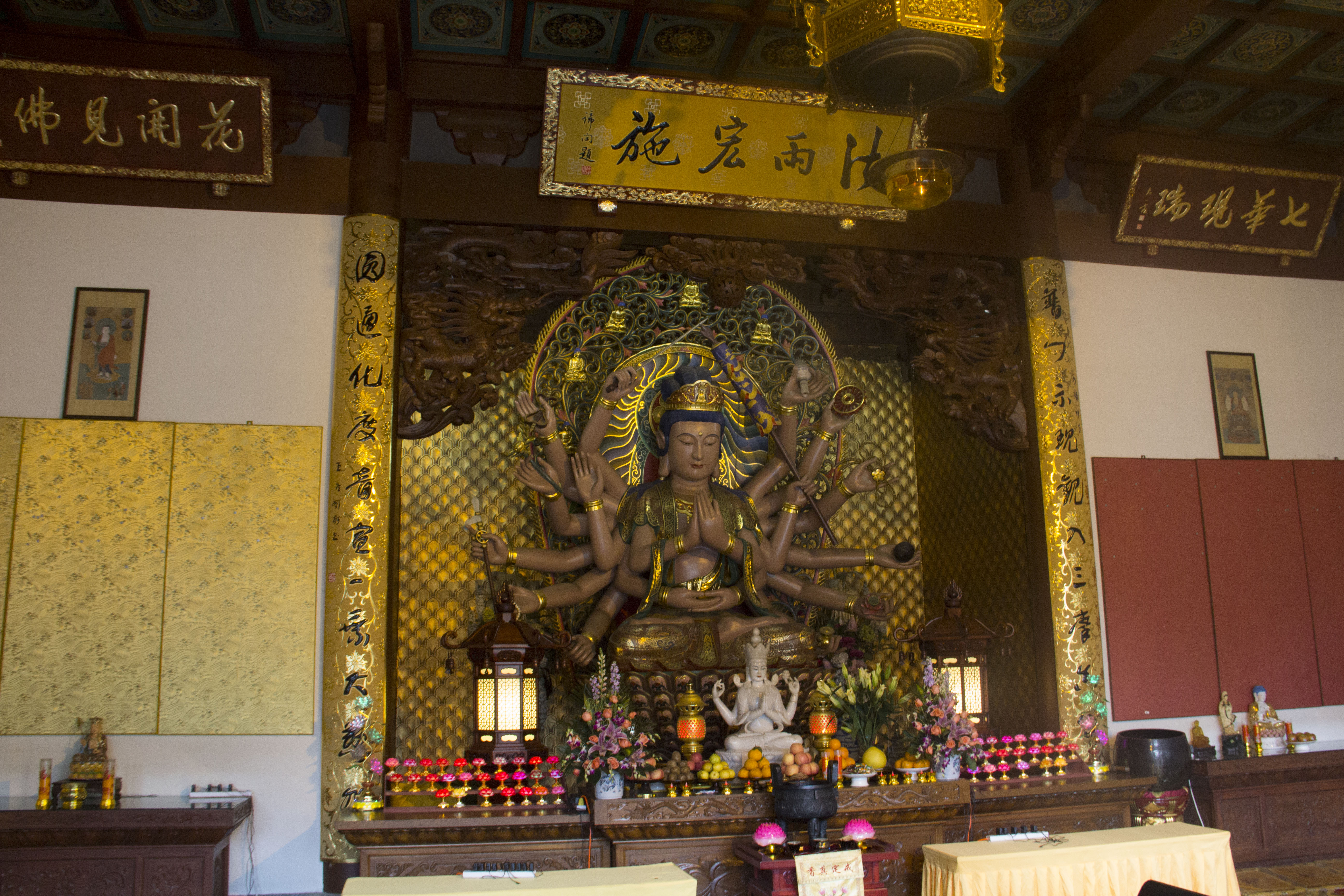
This Nyorai is depicted with a thousand arms and eyes, symbolizing his compassion and ability to perceive the suffering of all beings. He is often shown holding various objects, each with a specific meaning.
A) Shakyamuni Nyorai B) Amida Nyorai C) Senju Kannon (Thousand-Armed Kannon) D) Dainichi Nyorai
Question 13:
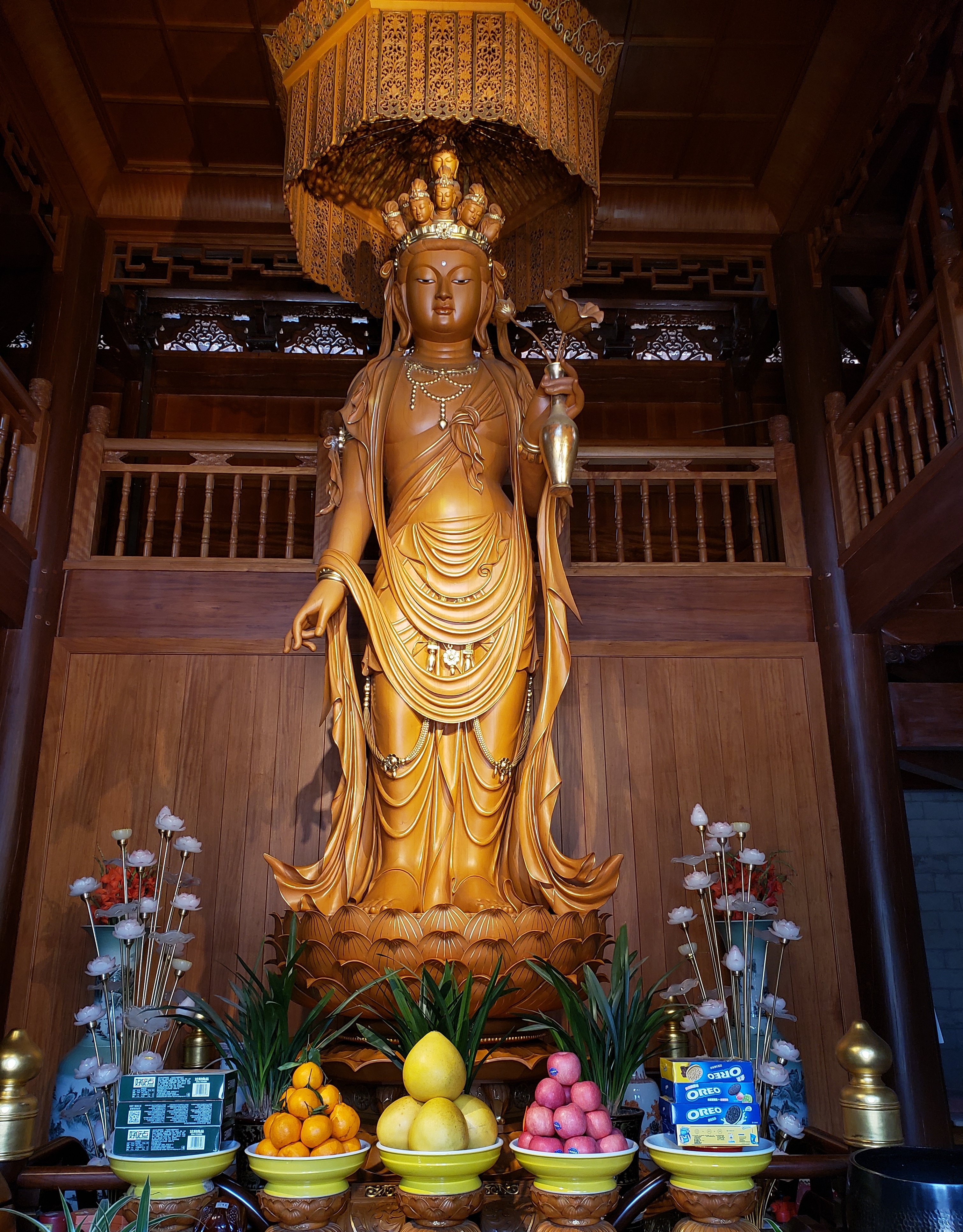
This Nyorai is associated with the element of water and purification. He is often depicted standing on a lotus flower or a rock, holding a vase or a willow branch.
A) Shakyamuni Nyorai B) Amida Nyorai C) Kannon (Avalokitesvara) D) Mizuchi (a water deity)
Question 14:
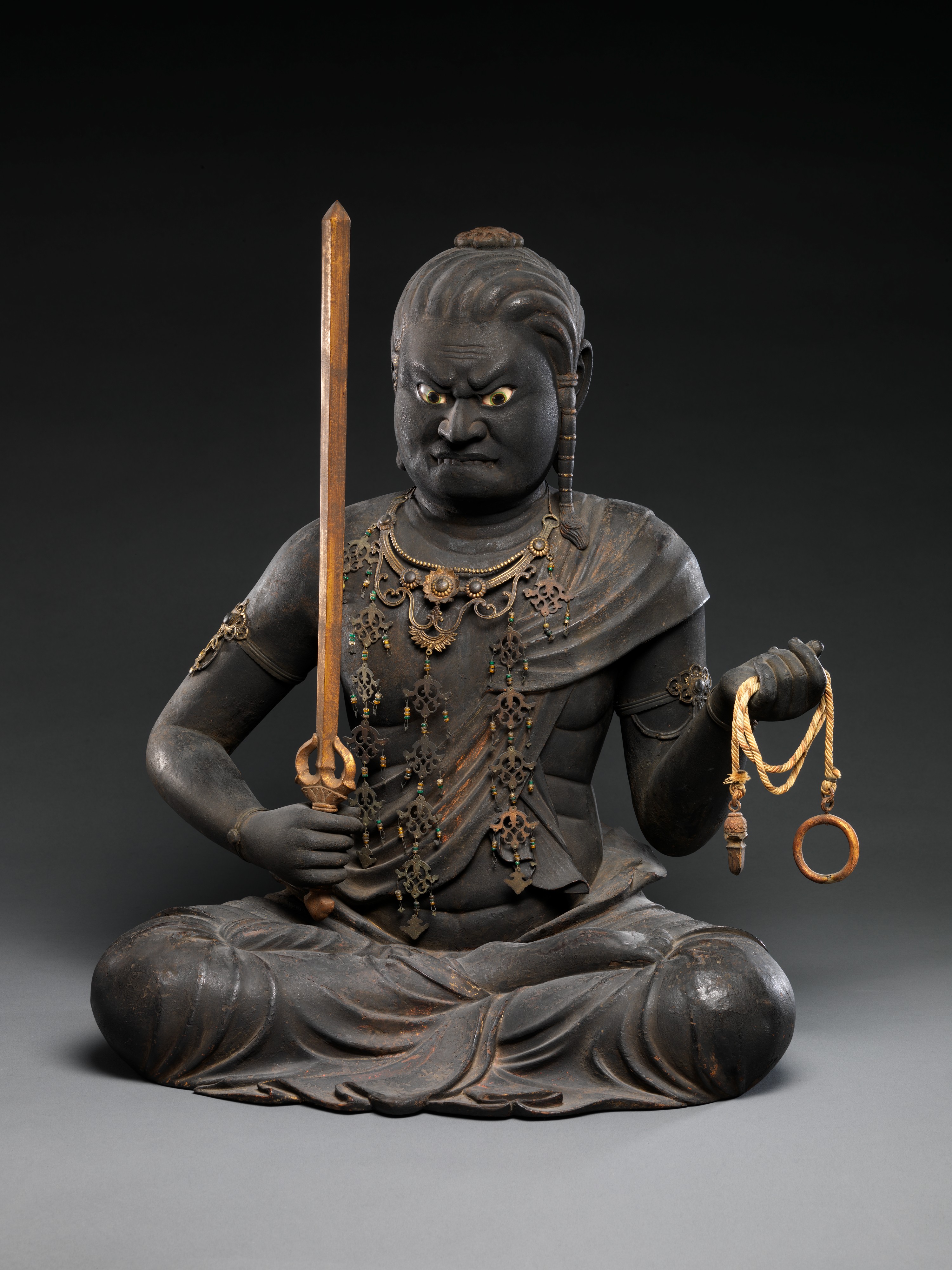
This Nyorai is known for his association with fire and transformation. He is often depicted seated on a lotus flower, holding a vajra (a ritual implement) and a bell.
A) Shakyamuni Nyorai B) Amida Nyorai C) Fudo Myoo D) Acala
Question 15:
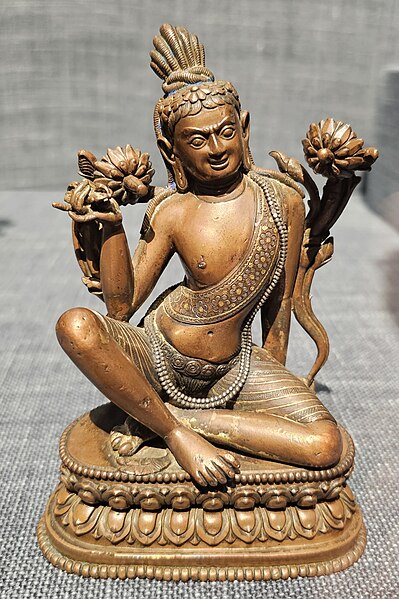
This Nyorai is rarely depicted alone and is often shown as part of a triad. He is typically portrayed as a wrathful figure, holding various weapons and symbolizing the destruction of negativity.
A) Shakyamuni Nyorai B) Amida Nyorai C) Vajrapani D) Dainichi Nyorai
The answer key:
1. A) Shakyamuni Nyorai 2. B) Amida Nyorai 3. C) Yakushi Nyorai 4. D) Dainichi Nyorai 5. C) Fudo Myoo 6. B) Manjusri 7. B) Bhaisajyaguru 8. C) Hotei 9. C) Kannon (Avalokitesvara) 10. B) Ebisu 11. A) Amida Nyorai 12. C) Senju Kannon (Thousand-Armed Kannon) 13. C) Kannon (Avalokitesvara) 14. D) Acala 15. C) Vajrapani
Leave a Reply
I would love to hear from you